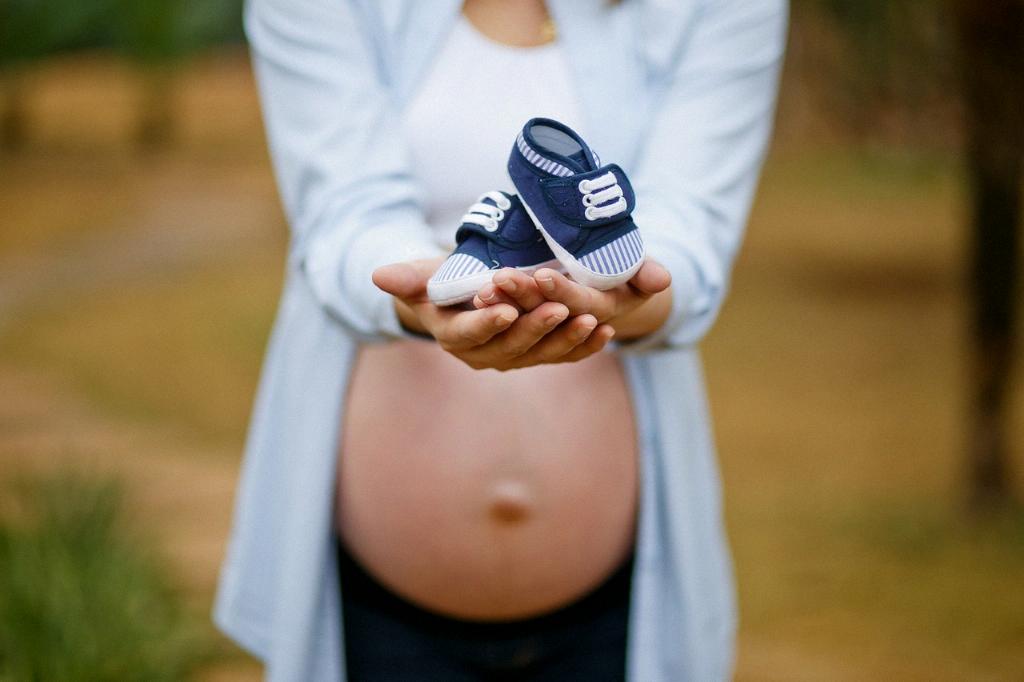When diving into the world of chemicals and their potential effects on pregnancy, it’s important to consider the specific properties and exposure levels of each substance. Methyl Methacrylate (MMA) is a compound commonly used in various industries, including dentistry and orthopedics, which has raised concerns regarding its association with birth defects.
Evidence from Retrospective Cohort Studies
Looking at retrospective cohort studies involving dental workers exposed to MMA, the findings are insightful. Two separate studies failed to identify a significant increase in birth defects or miscarriage among this group of individuals. This suggests that the risk of adverse pregnancy outcomes related to MMA exposure in the dental setting may not be as substantial as previously thought.
Insights from Total Joint Arthroplasty Studies
Shifting our focus to another perspective, studies examining MMA exposure during total joint arthroplasty provide an interesting angle. Research indicates that MMA levels were undetectable in the mothers’ serum or breast milk following exposure to the compound, hinting at a possible minimal transfer of MMA to the fetus or breastfeeding infant.
The Role of Exposure Levels and Duration
When evaluating the potential effects of MMA on birth defects, it’s crucial to take into account the intensity and duration of exposure. High levels of prolonged exposure may pose different risks compared to intermittent or low-level exposure. Understanding the dynamics of exposure is vital in assessing the true impact of MMA on pregnancy outcomes.
Considerations for Healthcare Professionals
For healthcare professionals working with MMA or individuals who may come into contact with the compound, it’s essential to stay informed about the latest research findings and guidelines. Being aware of the existing evidence can help in making informed decisions regarding safety protocols and precautions to minimize potential risks.
Importance of Precautionary Measures
While current studies offer some reassurance regarding the association between MMA and birth defects, it’s critical to adopt precautionary measures in any occupational setting involving the use of this compound. Following safety protocols, using protective equipment, and adhering to recommended exposure limits can help mitigate potential risks.
Future Research Directions
As science continues to evolve, ongoing research is necessary to deepen our understanding of MMA’s effects on pregnancy outcomes. Future studies focusing on different populations, varied exposure scenarios, and long-term follow-ups can provide valuable insights into the complex relationship between MMA and birth defects.
Public Awareness and Education
Enhancing public awareness about the risks associated with chemical exposure during pregnancy is crucial. Educating individuals about the potential hazards of substances like MMA and the importance of taking preventive measures can empower individuals to make informed choices to safeguard their health and that of their unborn child.
Collaborative Efforts in Occupational Safety
Effective occupational safety practices require a collaborative effort from employers, employees, regulatory agencies, and healthcare providers. By working together to establish and enforce safety protocols, organizations can create a safer work environment that prioritizes the well-being of workers and their families.
Conclusion
While the existing evidence from retrospective studies and arthroplasty research offers some insights into the potential impact of MMA on birth defects, the complexity of this issue warrants further investigation and vigilance. By staying informed, adopting precautionary measures, and promoting a culture of safety, we can strive to protect the health of pregnant individuals and their offspring in various occupational settings.

